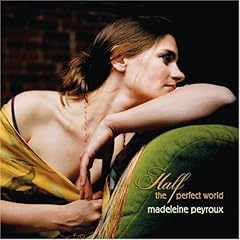 Oct 22nd, 2008
Oct 22nd, 2008
Steve Reich Evening Rosas/Anne Teresa De Keersmaeker
Brooklyn Academy of Music The difference between dance and dance-theater has always been difficult to describe. The latter implies less formalistic treatment of the dance and more theatrical elements, and hence lends itself to abuse by lesser, even incompetent, “dance” and theater “personalities” (like much, if not all, of HK’s Zuni Isocahedron). Not everyone can emulate Pina Bausch, who has really excellent dancers who are actors too.
The BAM has always played host to the European dance avant-garde. Rosas is of course established now, but I have been watching them from the start. What’s impressive about Rosas is that they are more pure dance and that they are fastidiously tuned into the music they dance to, which has a heavy classical leaning, and that’s class.
This evening features basically the live music of Steve Reich, played live by the ensemble Ictus. And it was an earful. Pendulum Music and Marimba Phase had no dance. The set pieces were Piano Phase, a pas de deux for two females; Eight Lines, for the women; Four Organs, for men; and Drumming, for the ensemble.
I basically echo the sentiment of the NY Times review, and would not elaborate too much. I rather think the men were weaker and mis-represented. The choreography for women was exemplary, clean and really into the music. Strangely, some bits of it remind me of Paul Taylor, another choreographer who really understands his music.
There is still something formalistic and intellectual about the best of the Europeans, who have not forgotten their roots (the best of them I am talking about). In comparison, much modern abstract/pure dance lacks depth.



